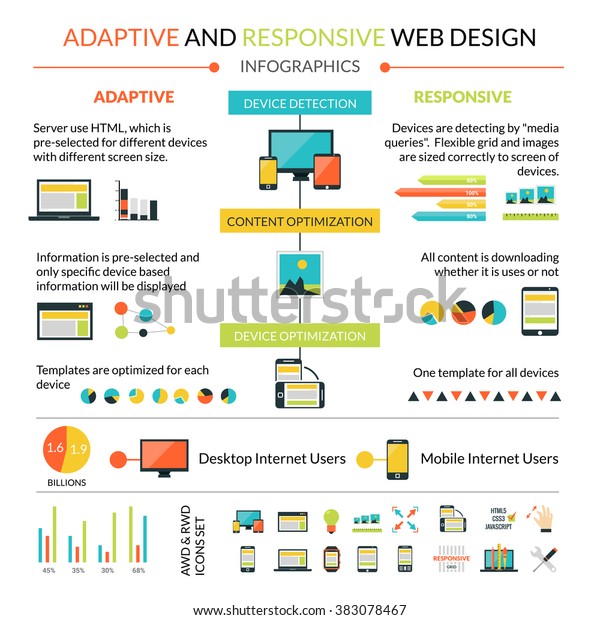The Development Of Site Style: From Past To Existing
The Development Of Site Style: From Past To Existing
Blog Article
Written By-Kahn Hejlesen
In the past, sites were simple and focused on info. Navigating was direct, and style was for desktops. Now, customer experience is vital. Information overviews designs for very easy navigation. Receptive layouts suit various tools. Today, dark mode reduces pressure, and minimalist menus improve navigating. Interactive attributes engage users, and strong visuals attract attention. AI integration increases engagement. See how style has progressed to boost your on the internet trip.
Very Early Days of Web Design
In the early days of web design, simplicity reigned supreme. Internet sites were standard, with minimal shades, typefaces, and designs. The focus was on offering info instead of flashy visuals. Individuals accessed the net with slow-moving dial-up links, so speed and performance were vital.
Navigation menus were straightforward, normally located at the top or side of the web page. Internet sites were made for computer, as mobile browsing wasn't yet prevalent. Web content was king, and developers prioritized very easy readability over complicated style elements.
HTML was the key coding language used, and designers needed to work within its constraints. Computer animations and interactive functions were very little contrasted to today's requirements. Websites were fixed, with little dynamic content or individualized customer experiences.
Increase of User-Focused Design
With the advancement of website layout, a change in the direction of user-focused design principles has come to be increasingly prominent. Today, developing web sites that focus on customer experience is essential for engaging visitors and attaining service objectives. User-focused layout includes recognizing the requirements, choices, and habits of your target market to customize the internet site's layout, web content, and features accordingly.
Developers now perform extensive research study, such as individual studies and use screening, to gather insights and feedback directly from users. https://www.globenewswire.com/en/news-release/2022/05/22/2448012/0/en/How-a-Digital-Marketing-Agency-Can-Help-Build-Business.html -driven technique aids in developing user-friendly navigation, clear calls-to-action, and visually attractive interfaces that reverberate with visitors. By positioning the user at the center of the design process, internet sites can supply a more customized and enjoyable experience.
Receptive style has actually additionally emerged as a vital facet of user-focused design, making certain that web sites are optimized for numerous devices and display sizes. This flexibility improves availability and usability, accommodating the diverse methods users interact with websites today. Basically, the rise of user-focused layout signifies a shift towards developing electronic experiences that prioritize the needs and expectations of the end user.
Modern Trends in Website Design
Check out the latest trends shaping website design today. One noticeable fad is dark setting style, supplying a sleek and contemporary look while minimizing eye strain in low-light atmospheres. Another crucial pattern is minimalist navigation, simplifying food selections and improving user experience by focusing on essential elements. Including micro-interactions, such as animated buttons or scrolling effects, can produce a more interesting and interactive site. Receptive style continues to be essential, guaranteeing smooth customer experiences across numerous tools. In addition, using strong typography and asymmetrical layouts can add visual rate of interest and accentuate specific content.
Integrating AI innovation, like chatbots for consumer support or tailored suggestions, boosts individual involvement and simplifies procedures. Ease of access has also become a considerable fad, with designers prioritizing inclusive style practices to deal with diverse customer needs. Welcoming sustainability by optimizing site performance for speed and performance is another emerging trend in website design. Working together with individual comments and data analytics to repeat and improve layout constantly is vital for staying pertinent in the ever-evolving digital landscape. By welcoming these modern patterns, you can create an aesthetically enticing, user-friendly site that resonates with your audience.
Final thought
As you reflect on the development of site layout from the very early days to now, you can see how user-focused style has become the driving force behind modern fads.
Embrace https://www.tomsguide.com/how-to/basic-seo-tips-that-can-improve-a-websites-google-ranking of adjustment and adjustment in website design, always keeping the individual experience at the forefront.
Tippingpointdigital
Remain existing with the latest fads and technologies, and never stop progressing your method to create aesthetically spectacular and straightforward internet sites.
Evolve, adapt, and create - the future of website design remains in your hands.
